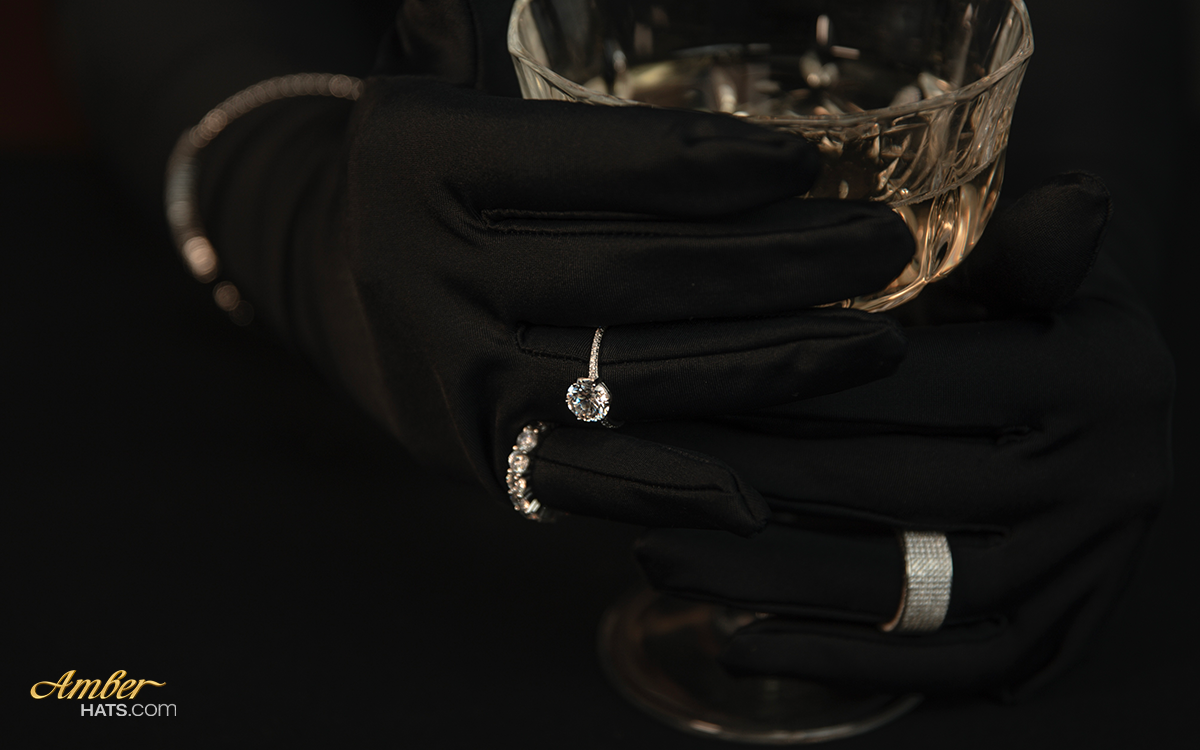|
|
|
|
Understanding Zirconia: From Mineral Discovery to Jewelry Innovation* the materials are taken from the amberhats.com article
Zirconia, formally known as zirconium dioxide (ZrO2), stands as a crystalline oxide of zirconium. Its roots trace back to the late 18th century when German chemist Martin Heinrich Klaproth first isolated it from the mineral zircon. Despite this early discovery, it wasn't until the 20th century that zirconia began to be extensively explored and utilized across diverse fields, including ceramics, dentistry, and notably, the jewelry industry.
The history of zirconia unfolds a tale of transformation from a naturally occurring mineral to a synthesized material boasting a plethora of applications. Initially, zircon, the parent mineral from which zirconia derives, found its place as a gemstone in its natural state. However, the inherent vulnerabilities of natural zircon, prone to wear and diminishing appearance over time, propelled the development of synthetic zirconia as a solution, offering controlled properties and enhanced durability.
 A Major Milestone: Cubic Zirconia (CZ) in JewelryThe advent of cubic zirconia (CZ) in the 1970s marked a pivotal moment in zirconia's journey. As a synthesized form of zirconia, cubic zirconia emerged as optically flawless and capable of mimicking the brilliance of diamonds and other precious gemstones. This breakthrough revolutionized the jewelry landscape, providing a cost-effective alternative to diamonds while preserving much of the visual allure.
The breakthrough in producing cubic zirconia occurred when Soviet scientists pioneered a method to cultivate cubic zirconia crystals within laboratory settings. Known as skull crucible or skull melting, this process involved melting zirconium oxide powder with stabilizers like calcium and magnesium at exceptionally high temperatures. Upon cooling, the crystallization in the cubic form ensued, paving the way for faceted gemstones resembling diamonds.
The introduction of cubic zirconia ushered in a paradigm shift in the jewelry market. Prior to CZ, options for diamond-like gemstones were limited and often fell short in terms of appearance or durability. Cubic zirconia filled a significant void by offering a visually appealing and cost-effective alternative to diamonds, democratizing access to jewelry designs that emulate the elegance of diamonds.
Impact on the Jewelry MarketZirconia's impact on the jewelry market has been profound, democratizing access to the aesthetic allure of diamond jewelry. Consumers now have the opportunity to acquire pieces resembling diamonds at a fraction of the cost, broadening the consumer base for diamond-like jewelry, including engagement rings, earrings, and necklaces.
The substitution of diamonds with cubic zirconia in the jewelry market stems from several factors, primarily the significant price differential. While diamonds are prized for their rarity and unique qualities, cubic zirconia offers a more affordable alternative with comparable visual appeal. Despite variances in hardness and refractive index, the resemblance between the two materials suffices for many consumers, especially given the substantial cost difference.
Moreover, zirconia's durability adds to its popularity in the jewelry market. While not as hard as diamonds, cubic zirconia ranks high on the Mohs scale of mineral hardness, making it suitable for daily wear. However, precautions should be taken to prevent scratches and exposure to harsh chemicals that may compromise the stone's surface.
 Looking AheadThe potential of zirconia extends beyond the jewelry market, with ongoing advancements in material science unlocking new applications. Stabilized zirconia, characterized by enhanced properties such as increased toughness and thermal stability, finds utility in aerospace, automotive, medical implants, and fuel cells. In the realm of jewelry, continued research aims to improve the optical properties of cubic zirconia and explore new colors and cuts, ensuring its enduring popularity as an affordable and visually appealing alternative to natural gemstones.
In conclusion, the evolution of zirconia from mineral discovery to jewelry innovation underscores its versatility and significance across industries. As a substitute for diamonds, cubic zirconia has made luxurious diamond-like jewelry accessible to a broader audience without compromising on aesthetics. With ongoing advancements, the future of zirconia promises continued innovation, reinforcing its relevance and popularity in various applications.
|
|
|
